Central America is famous for its numerous karst caves. A particularly interesting fauna has often developed in them. Perhaps the best-known cave fish in Mexico is the blind cave tetra (Astyanax jordani or Anoptichthys jordani, see https://www.aquariumglaser.de/en/fisharchive/blind-cave-tetras/). As with many cavefish, its eyes are severely atrophied. However, there are four underground lakes in the home cave of the blind cave tetra. In the lake that is closest to the cave entrance and into which some light still enters, the animals still have eyes. The deeper the various lakes inside the cave, the more atrophied the tetra’s eyes become. The completely blind form, which has been bred in the aquarium since 1936, comes from the rearmost of the four cave lakes.
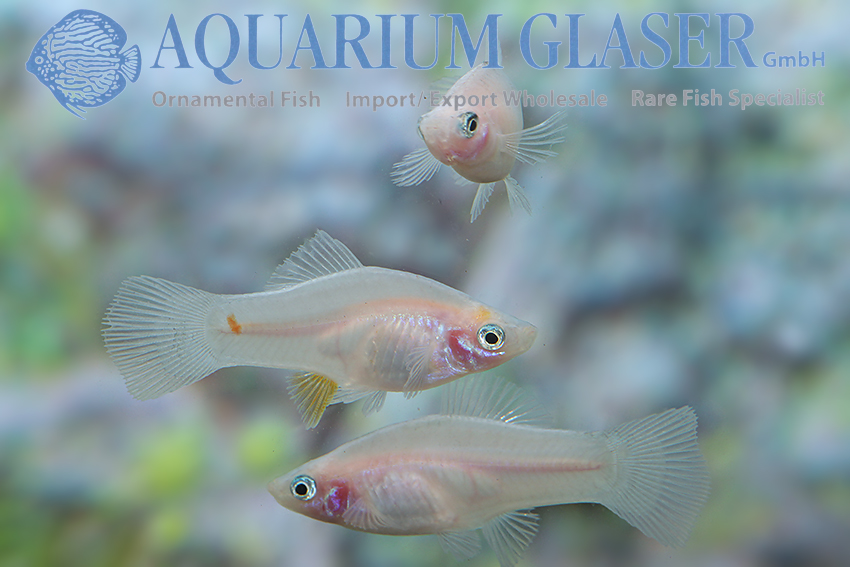

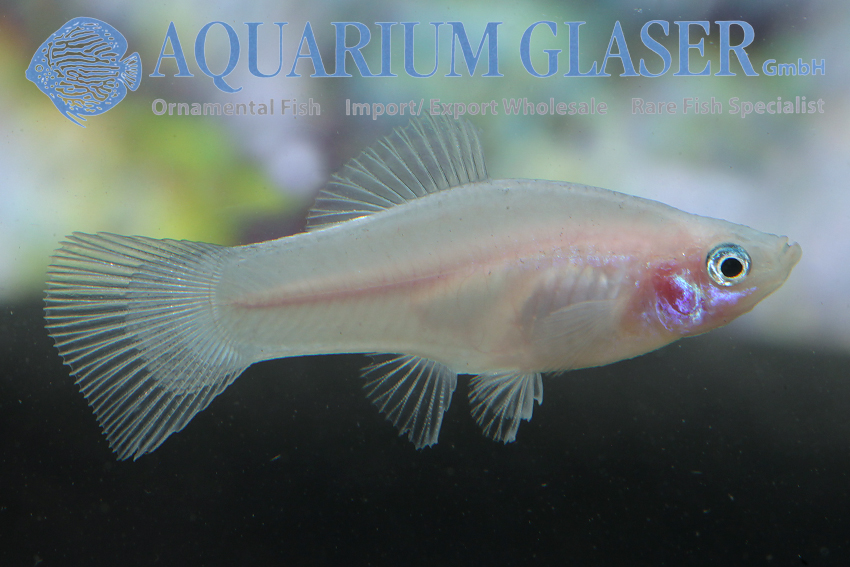
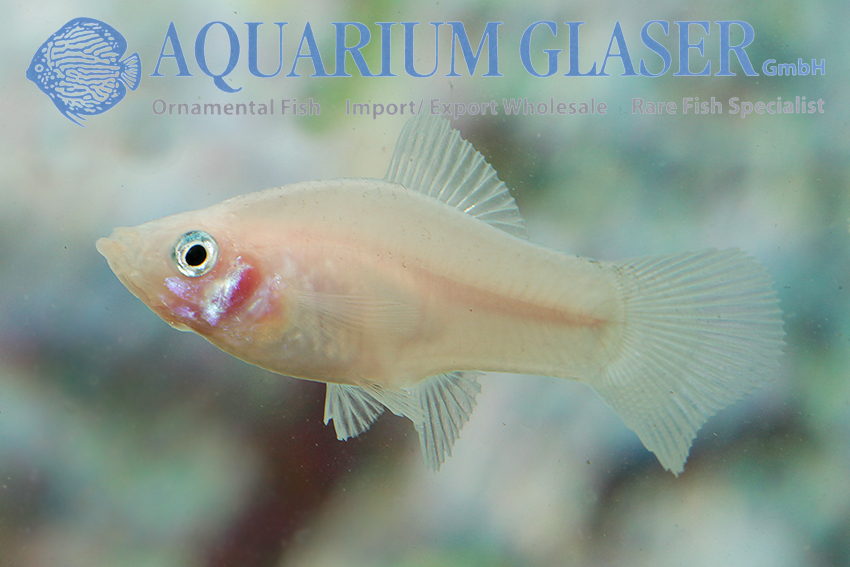
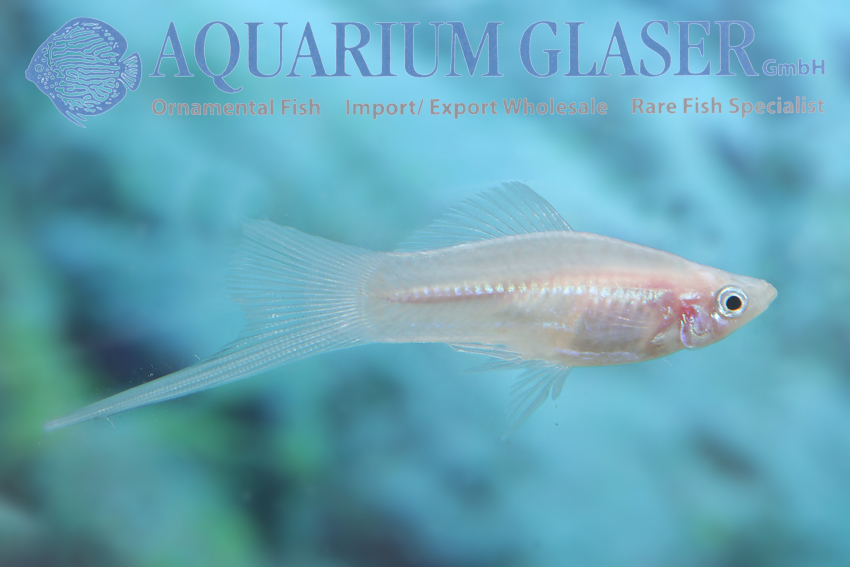
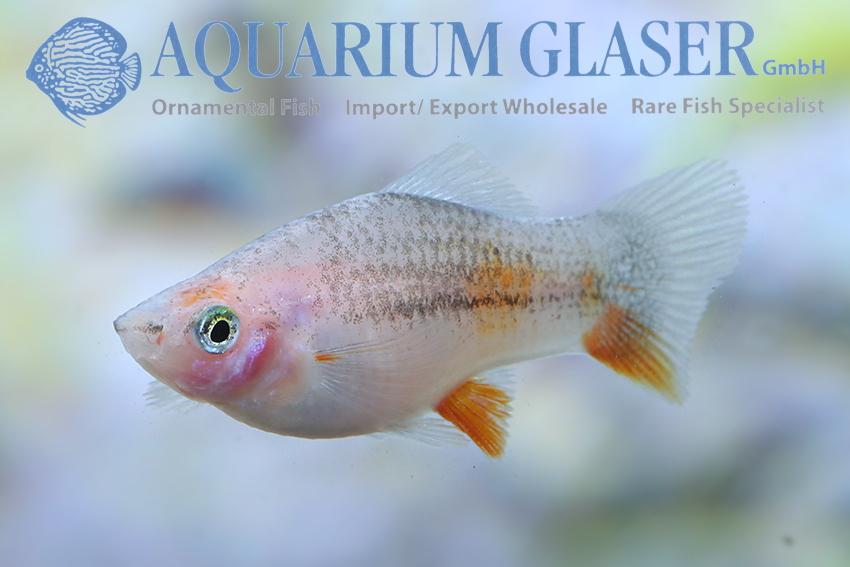
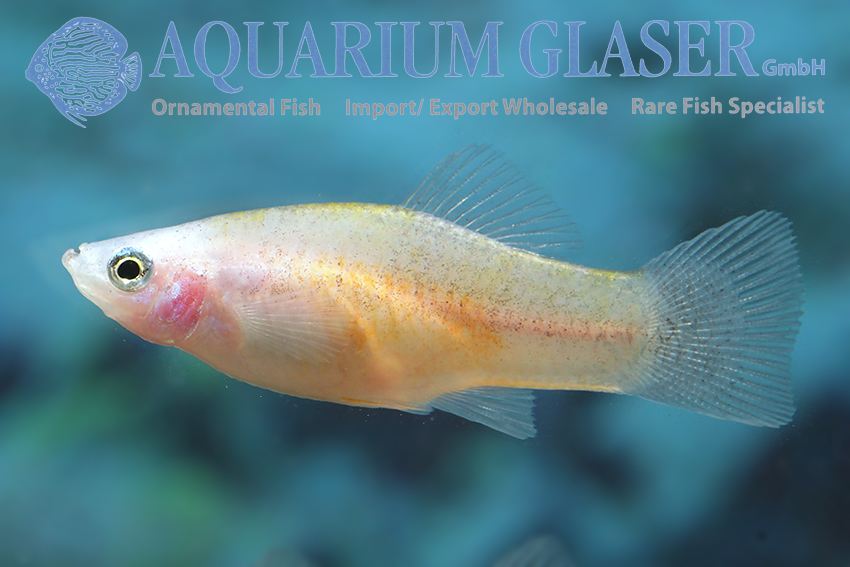
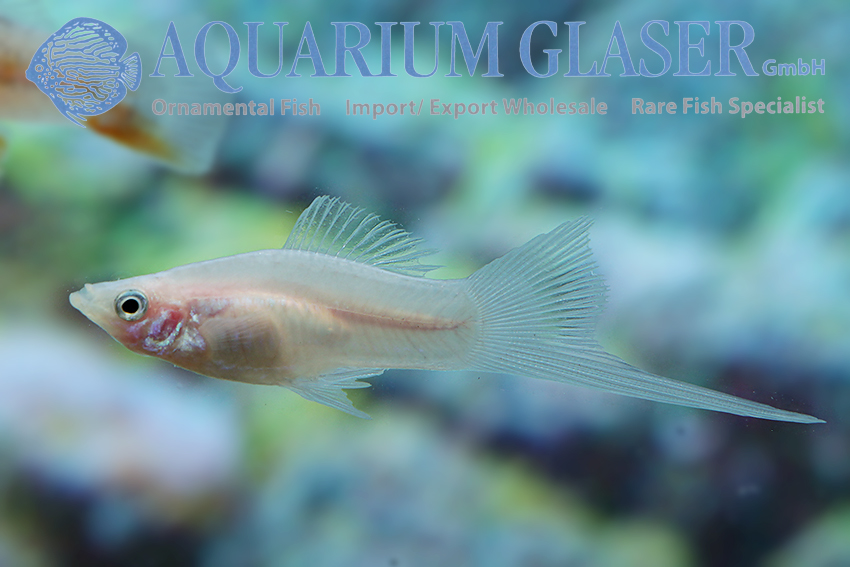


Among the livebearing toothcarps, only the Atlantic molly (Poecilia mexicana) was previously known to develop cave forms. These animals are usually pale pink in color and have small but functional eyes.
The conversion of a karst cave in the Central American state of Guatemala into a large disco led to the discovery of a previously unknown cave population of the swordtail, Xiphophorus hellerii. The interesting thing is that the fish actively migrated from small underground streams into the area of the dance hall, where there is a larger fountain with a water feature that is fed by these same streams. While the cave swordtails living in the streams are snow-white – including the sword of the males – the animals that have migrated into the illuminated part already show hints of color, mostly delicate red tones and some black longitudinal banding. All cave swordtails, both those living in the streams and those in the disco pond, have blue eyes. The very latest development is that there are now occasional animals that are bright red in color on large parts of their body on a snow-white ground coloration. Researchers attribute this to the light spectra of the disco ball on the cave ceiling. It is also fascinating to see how the disco cave swordtails feed. While the stream population feeds on bat droppings, the disco pond swordtails have switched to olives from martinis and peanut flips thrown into the pond by disco visitors.
We have now received offspring of these fascinating animals for the first time.
For our customers: The fish have 471105 on our stock list. Please note that we only supply the wholesale trade.
Text & photos. Frank Schäfer




